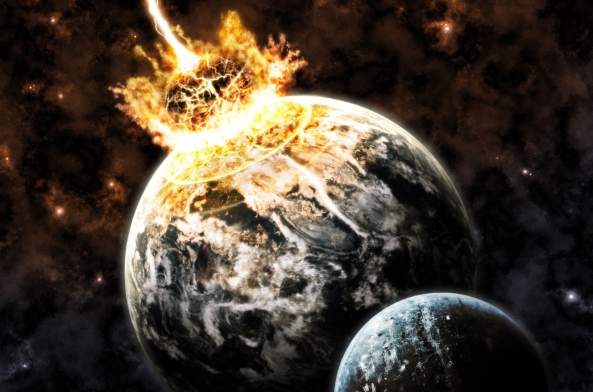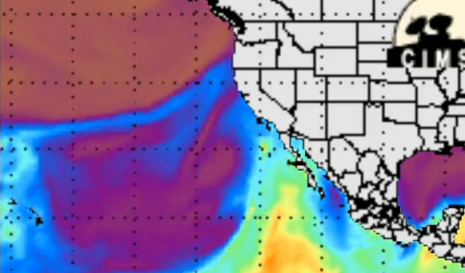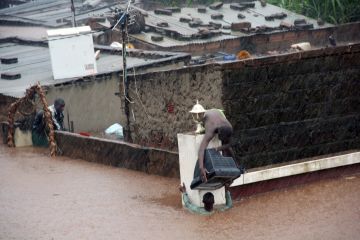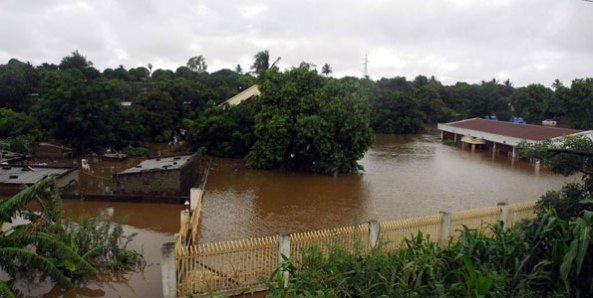![5677295-natural-disasters-grunge-as-a-art-background[1]](https://iamisatthedoors.files.wordpress.com/2013/06/5677295-natural-disasters-grunge-as-a-art-background1.jpg?w=593&h=383)
Global weather patterns seem to get stranger and stranger with each passing year. Almost every day now, the news is telling us about some bizarre weather event that hasn’t happened “in 100 years” going on in some area of the globe. All over the planet, we are seeing torrential rainfalls, unprecedented flooding, extreme drought, nightmarish wildfires, record setting tornadoes and very unusual blizzards. Record high temperatures and record low temperatures are set so frequently now that nobody really seems to even notice anymore. So exactly what in the world is going on here? Why does our weather seem to be going absolutely crazy? Perhaps even more important – can we expect our weather patterns to become even more erratic? Some meteorologists are suggesting that these unusual weather events are just an “anomaly” and that things will get back to normal soon. But what if they don’t?
I noted that natural disasters seem to be increasing in both frequency and severity in my recent article entitled “Are We Entering The Worst Period For Natural Disasters In U.S. History?” But it isn’t just the ground under our feet that seems to be becoming more unstable. The weather patterns that we all take for granted and that society depends upon seem to be rapidly changing.
The following are 22 signs that global weather patterns are going absolutely crazy…
1. Right now, central Europe is experiencing the worst flooding that it has seen in at least 70 years.
2. On Memorial Day weekend, a vicious winter storm dumped up to 36 inches of snow on parts of upstate New York.
3. Back in mid-May, on one single day some parts of the UK had a couple of inches of snow, some parts of the UK had a month’s worth of rainfall on a single day, and some parts of the UK were hammered by winds of up to 65 miles per hour.
4. The month of April was so cold across the northern United States that one meteorologist said that it was “like something out of the Twilight Zone“…
April has been a freakishly cold month across much of the northern USA, bringing misery to millions of sun-starved and winter-weary residents from the Rockies to the Midwest. “The weather map … looks like something out of The Twilight Zone,” Minneapolis meteorologist Paul Douglas of WeatherNation TV wrote on his blog last week. Record cold and snow has been reported in dozens of cities, with the worst of the chill in the Rockies, upper Midwest and northern Plains. Several baseball games have been snowed out in both Denver and Minneapolis. Cities such as Rapid City, S.D.; Duluth, Minn.; and Boulder, Colo., have all endured their snowiest month ever recorded. (In all three locations, weather records go back more than 100 years.) In fact, more than 1,100 snowfall records and 3,400 cold records have been set across the nation so far in April, according to the National Climatic Data Center.
5. This year Saskatchewan had the coolest spring that it has experienced in 100 years.
6. Moscow just experienced the snowiest winter that it has seen in 100 years.
7. Snow is falling in Russia in places where it should not be falling this time of the year. On Sunday, residents of Kemerovo were stunned to see that a thin layer of snow had fallen on their city overnight.
8. This spring, there was a record amount of ice on the Baltic Sea due to very cold weather…
“Since record keeping began in the sixties, we’ve never encountered anything like this before,” ice breaker Ulf Gulldne told the local newspaper Örnsköldsviks Allehanda.
On March 29th, 176,000 square kilometers of the Baltic Sea was covered in ice, a record for the time of year. On a map, it means about half of the central and northern parts are frozen over. Far north, the ice is both thick and difficult to break through.
9. The city of Anchorage, Alaska set a record for the longest snow season that it has ever experienced this year.
10. In February, hail the size of “boulders” pounded one poor city in southern India…
Hailstones the size of boulders have rained down on villages in southern India.
At least nine people were killed when the violent weather hit several villages in the state of Andhra Pradesh.
The hailstorm which lasted for almost 20 minutes, destroyed crops, houses and live stock, causing devastating financial implications for residents.
11. The tornado that touched down near Oklahoma City on Friday was the widest tornado ever recorded. It was an EF5 tornado that was 2.6 miles wide at one point with winds of up to 295 miles an hour.
12. The tornado that did such devastating damage to Moore, Oklahoma recently was about 2 miles wide and it sat on the ground for an astounding 40 minutes.
13. During the month of February, Peru, Chile and Bolivia were all hit by unprecedented flooding.
14. At the end of May, more than a foot of rainfall in 24 hours caused nightmarish flooding in San Antonio, Texas.
15. A few weeks ago, unusual levels of rainfall caused the Mississippi River to rise to near record levels.
16. This year the state of Georgia experienced the wettest February ever recorded.
17. Chicago just had the wettest April ever recorded.
18. Scientists are projecting that the nightmarish drought that is taking place in the western half of the United States will “intensify” this year.
19. Overall, hundreds of thousands of trees died throughout the United States during 2012 due to horrible drought conditions.
20. This past January, part of Australia experienced record setting high temperatures that were absolutely unprecedented. Keep in mind that the following temperatures are in Celsius…
Sydney endured its hottest ever day on Friday, with records smashed across the city and thousands of people suffering from the heat. The mercury topped 45.8 at Sydney’s Observatory Hill at 2.55pm, breaking the previous record set in 1939 by half a degree. The city’s highest temperature was a scorching 46.5 degrees, recorded in Penrith at 2.15pm, while Camden, Richmond and Sydney Airport all reached 46.4 degrees.
21. Over the weekend, extremely dry conditions were making it difficult for firefighters to battle a very intense wildfire in California that had already burned more than 20,000 acres…
By Sunday night, the Powerhouse Fire around the Angeles National Forest in Southern California engulfed about 22,400 acres, endangering some 1,000 homes in the Lake Elizabeth and Lake Hughes area.
Nearly 2,100 firefighters struggled to contain the fire, which more than tripled in size from Saturday to Sunday. Nearly 3,000 people have been evacuated and the blaze has already destroyed at least six homes by Sunday night.
22. About 30 percent of all honeybees are dying each year in the United States, and nobody seems to know exactly why this is happening. If this continues, it threatens to absolutely cripple U.S. agriculture…
US honey bees have been dying by the tens of millions, with annual death rates of about 30 percent. With fewer bees to pollinate fruits and vegetables each year, ‘beemageddon’ may soon cause the collapse of the agriculture industry.
Honey bees pollinate more than 100 US crops, including apples, zucchinis, avocados and plums, that are worth more than $200 billion a year. Since 2006, about 10 million bee hives at an average value of $200 each have been lost in what scientists call the Colony Collapse Disorder (CCD), according to a new report by the US Department of Agriculture.
We certainly don’t need any more bad news about our agriculture. Global food supplies are currently at their lowest level in 40 years, and most people in the general public are absolutely clueless about what is going on.
Unfortunately, our weather has not just been unusual for the past few months. This is a trend that has been developing for quite some time.
For example, the planet experienced some truly unusual weather last winter. The following comes from a New York Times article from last January…
Around the world, extreme has become the new commonplace.
Especially lately. China is enduring its coldest winter in nearly 30 years. Brazil is in the grip of a dreadful heat spell. Eastern Russia is so freezing – minus 50 degrees Fahrenheit, and counting – that the traffic lights recently stopped working in the city of Yakutsk.
Bush fires are raging across Australia, fueled by a record-shattering heat wave. Pakistan was inundated by unexpected flooding in September. A vicious storm bringing rain, snow and floods just struck the Middle East. And in the United States, scientists confirmed this week what people could have figured out simply by going outside: last year was the hottest since records began.
Indeed, “extreme has become the new commonplace” as far as our weather is concerned.
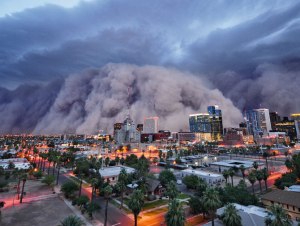
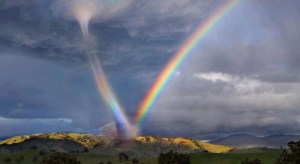

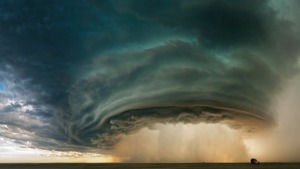
So will our weather get back to “normal” soon or are even greater changes ahead?
And what in the world is causing all of this?
Source: endoftheamericandream.com
What is causing all of this is that we are in the end times….God Almighty. As Jesus said, “For nation shall rise against nation, and kingdom against kingdom: and there shall be famines, and pestilences, and earthquakes, in various places. All these are the beginning of sorrows…” Matthew 24:7,8 – I AM is at the doors


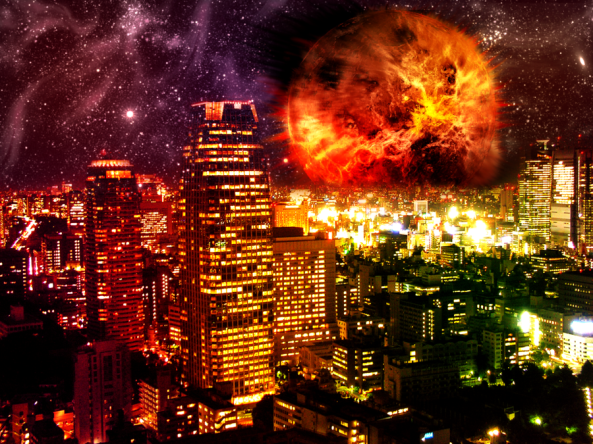
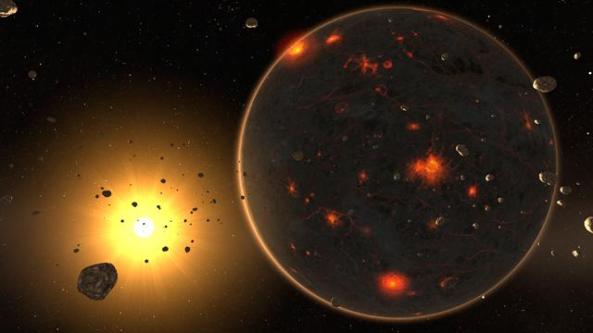

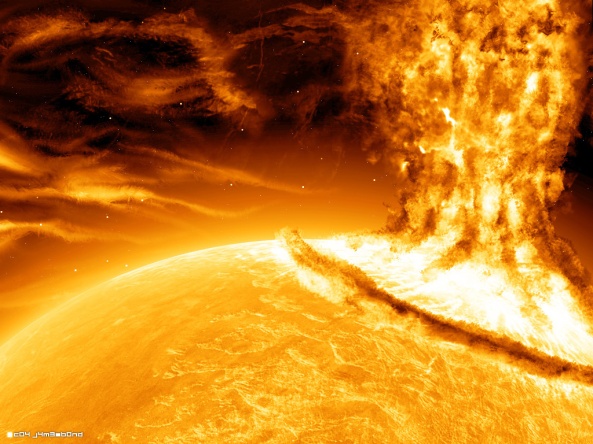

![5677295-natural-disasters-grunge-as-a-art-background[1]](https://iamisatthedoors.files.wordpress.com/2013/06/5677295-natural-disasters-grunge-as-a-art-background1.jpg?w=593&h=383)





